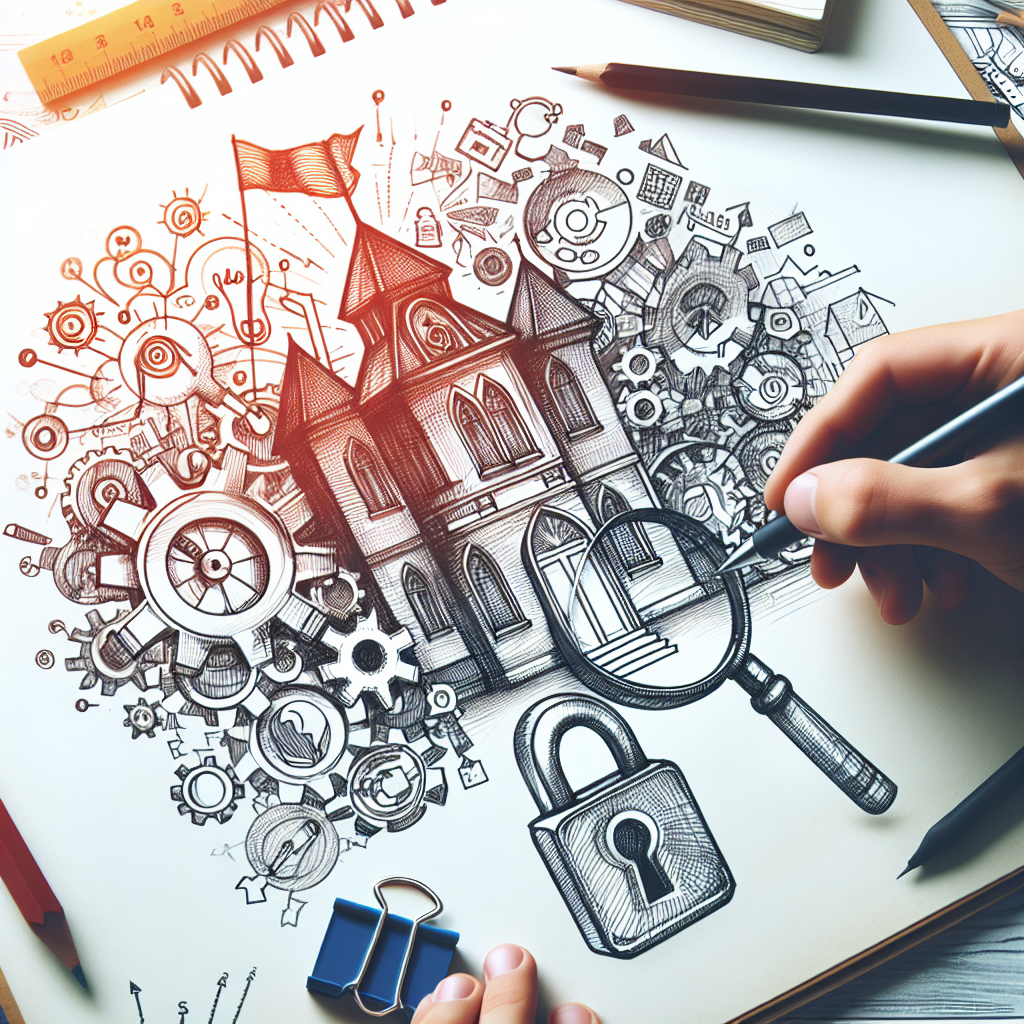
Acupuncture, a time-honored practice rooted in Traditional Chinese Medicine (TCM), has gained popularity worldwide for its efficacy in promoting healing and alleviating pain. By stimulating specific points on the body, acupuncture aims to restore the balance of energy, or "qi" (pronounced "chee"), thereby addressing various physical and emotional ailments. While the skill of a trained acupuncturist is paramount, the tools they use can significantly enhance the effectiveness of treatment. In this article, we will explore some of the best acupuncture tools available today, helping you make informed choices for effective pain relief.
1. Acupuncture Needles
The most iconic tool of acupuncture is, of course, the needles. These ultra-thin, sterile, and single-use needles are designed to insert into specific acupuncture points with minimal discomfort. They come in various lengths and gauges depending on the treatment needs:
- Types of Needles:
- Filiform Needles: The most common, used for general acupuncture techniques.
- Intravenous Needles: Larger and typically used for deeper insertion in certain cases.
- Seirin Needles: Popular for their quick insertion and minimal pain due to their guide tubes.
When selecting needles, it’s essential to consult with a certified acupuncturist to ensure proper application and safety.
2. Acupressure Tools
For those who may prefer not to use needles, acupressure offers a needle-free alternative. Various acupressure tools can stimulate acupuncture points, providing relief without puncturing the skin:
- Acupressure Mats: These mats are covered with plastic spikes designed to apply pressure to various points on the body as you lay on them, promoting relaxation and pain relief.
- Acupressure Rings: Small and portable, these rings can be rolled over fingers and toes, stimulating specific acupressure points to ease headaches, manage stress, and alleviate tension.
- Pressure Point Massage Balls: Similar to traditional massage tools but designed to target acupressure points, these balls can be used to relieve tightness in muscles and promote overall relaxation.
3. Moxibustion Tools
Moxibustion is an adjunct therapy in acupuncture that involves burning a herb called mugwort (moxa) near acupuncture points. This technique is believed to enhance the effects of acupuncture by warming the area and promoting circulation:
- Moxa Sticks: These slender sticks can be ignited and held near acupuncture points without touching the skin to provide warmth and stimulate healing.
- Moxa Patches: Pre-prepared and adhesive patches that are applied directly to the skin, allowing for a more convenient way to benefit from moxibustion without the smoke.
4. Electro-Acupuncture Devices
Integrating modern technology with ancient practices, electro-acupuncture employs a device that delivers small electrical currents through needles inserted into acupuncture points. This technique is particularly effective for:
- Chronic Pain: Conditions like arthritis, fibromyalgia, and neuralgia can benefit from the enhanced stimulation provided by electrical impulses.
- Muscle Rehabilitation: Electro-acupuncture can aid in muscle recovery by improving blood flow and reducing inflammation.
5. Cupping Therapy Tools
Though not strictly an acupuncture technique, cupping therapy often complements acupuncture treatment. Cupping involves creating suction on the skin to promote circulation and relieve muscle tension:
- Silicone Cups: These pliable cups allow for a gentle grip and can be moved over the skin for a dynamic massage effect.
- Glass Cups: Traditionally used in cupping therapy, these cups require a flame to create suction and are positioned on specific areas to enhance blood flow and promote healing.
Conclusion
Acupuncture and its associated tools can be pivotal in managing pain and fostering well-being. Whether you seek relief through traditional acupuncture needles or prefer the gentler touch of acupressure, understanding the tools at your disposal can empower you in your healing journey.
Remember, always consult with a qualified practitioner before embarking on any acupuncture treatment plan. They can help tailor your approach, ensuring the most effective and personalized care strategy for your unique needs. With the right tools and guidance, you can take significant strides toward reducing pain and enhancing your health through the transformative practice of acupuncture.




